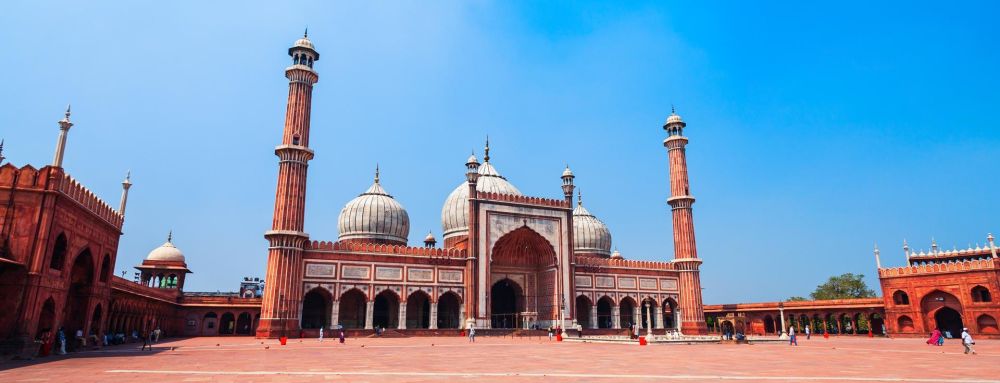

Delhi, India's capital, is home to a myriad of historical landmarks, with the Jama Masjid standing tall as one of its crowning jewels. Known as one of the largest mosques in India, it is an emblem of Mughal architecture's splendor and faith. Its history traces back to the 17th century, specifically to the year 1656, when it was completed under the patronage of the Mughal Emperor Shah Jahan, the same visionary behind the construction of the Taj Mahal.
The vast history of Jama Masjid as a tourist attraction is intertwined with the history of Delhi itself. Since its inception, the mosque has been a focal point not only for worshipers but for travelers from across the globe. It traditionally served as a grand congregational mosque for Friday prayers, drawing thousands of faithfuls even in its early years. As the fame of its architectural magnificence and spiritual ambiance grew, its status as a must-visit destination for anyone touring Delhi solidified. The mosque has had its shares of trials, having been restored several times after damages due to natural calamities and historical events.
Over the centuries, the mosque has seen a constant stream of visitors, intrigued by its grand scale and intricate design. Colonial era travelers wrote extensively about the Jama Masjid, further solidifying its place on the map of noteworthy global heritage sites. In the post-independence period, the Jama Masjid remained a symbol of India's rich history and drew in even larger crowds as tourism infrastructure in India developed.
In recent years, the tourism trend surrounding Jama Masjid has evolved with technological advancements and the digitization of travel experiences. Visitors from all corners of the world now often come armed with smartphones and cameras, eager to capture the architectural masterpiece in pixels and share their experiences in real time on social media. Moreover, an increased focus on sustainable tourism practices means that efforts are being made to preserve the structural and cultural integrity of the Jama Masjid while accommodating tourists.
Experiential travel has also reflected in the Jama Masjid's visitation trends, with tourists seeking to immerse themselves in local culture. Guides offering historical tales, anecdotes about the Mughal Empire, and stories from the vestiges of Old Delhi enrich the travel experience. The area surrounding the mosque, with its vibrant bazaars and culinary offerings, adds to the allure, providing a holistic experience of Delhi's historical heart.
In line with global travel trends, visitor amenities and access have improved, making the site more accessible to international tourists and differently-abled visitors alike. Official tours, night tourism, and audio guides are some of the latest additions enhancing the tourist experience at this iconic site.
The Jama Masjid remains, to this day, a beacon of India's rich history and cultural diversity. As a destination, it has stood the test of time, evolving with the ever-changing landscape of travel and tourism. The history of its visitors is as layered as the history of the mosque itself, constantly enriched by the tales of those who walk its aisles and marvel at its grandeur. Whether you are a history buff, architecture enthusiast, or a spiritual seeker, Jama Masjid of Delhi promises an unforgettable visit.